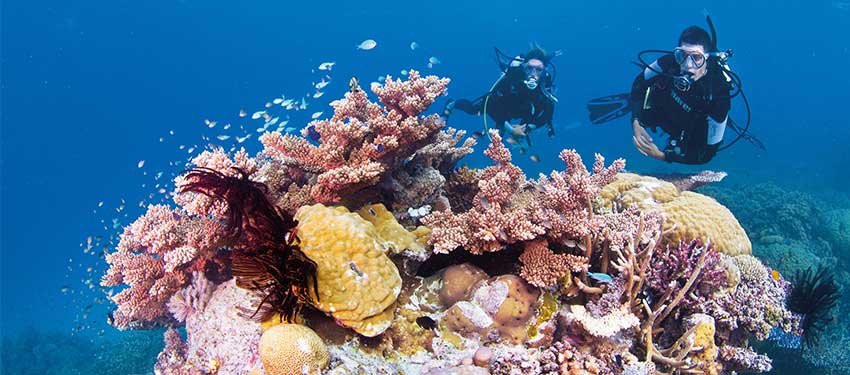The Little People of Northern Queensland
The stories of the Little People of Northern Australia are as convoluted as they are consistent, as elusive as they are enigmatic and as mesmerising as they are mysterious. Depicted in rock art, dreaming stories and legends of the north, the Little People are known by hundreds of local names – Mimih, Rai, and Janjarri, just to name a few – across the Top End from Cape York in Far North Queensland, to Broome on Western Australia’s Indian Ocean coast.
Consistent in many ways, stories of the Little People (although stemming from different cultural regions) refer to mischievous and magical beings, of slight stature, who are extremely elusive. Believed to populate the seemingly vast and empty lands of the Far North, the Little People are enigmatic beings, both tricksters and heroes in Indigenous stories, who move through different levels of reality.
People in Bardi country talk of a great battle ‘in early times’ between a tall tribe and a small tribe, whose memory is still preserved in dance and song. A similar battle is recounted in the Roper River region of Arnhem Land, the Yarrabah coastal community near Cairns and on Groote Eylandt in the western Gulf of Carpentaria.
Angurugu, Murabuda Wurramarrba – one of the great patriarchs of the Anindilyakwa people – tells of the early days when his ancestors lived near today’s community of Numbulwar, on the mainland of the Northern Territory. They discovered a population of Little People who spoke an unfamiliar language and who practised abhorrent customs – they were intimate with dogs and their own children. Tensions escalated between the two groups, until a pitched battle resulted in the Little People being wiped out. Forty years ago, amid the caves and crevices of the beach where the battle took place, mummified bodies of men, women and children, all slight in stature, were discovered.
The Kuninjku speaking people draw on the inspiration of the Mimih spirits in their artwork, creating Mimih like figures, displayed in a range of dramatic poses. The reference to the thin and supple Mimih figures in rock art frescoes from behind Gunbalanya and Maningrida is clear. Similar rock art figures have been identified in the Victoria River district, the north Kimberley region and the Pilbara. Extant stories describe these spirit beings as inquisitive magic men, that ‘clever’ men can make contact with; some of which say they have visited the camps of the Little People, ‘heard their songs and seen their secret places’. In Broome, the Indigenous communities describe the Rai as tricksters who often steal food. Children are sensitive to the Little People and Westerners have reported sightings of them. During the first Western settlement in the ranges behind Cairns, pioneers reported sightings of a clan of ‘tableland Pygmies’.
In 1938, anthropologists Tindale and Birdsell began searching for the Little People and discovered them at Mona Mona mission. In more recent times, anthropologists Ronald and Catherine Berndt developed a theory that as traditional Indigenous people had a great empathy with nature, they had ascribed the natural world with ‘human characteristics’. Regardless of the ‘truth’ of the Little People, the traditional owners of this land have interacted with them on many levels, since near the beginning of time.






